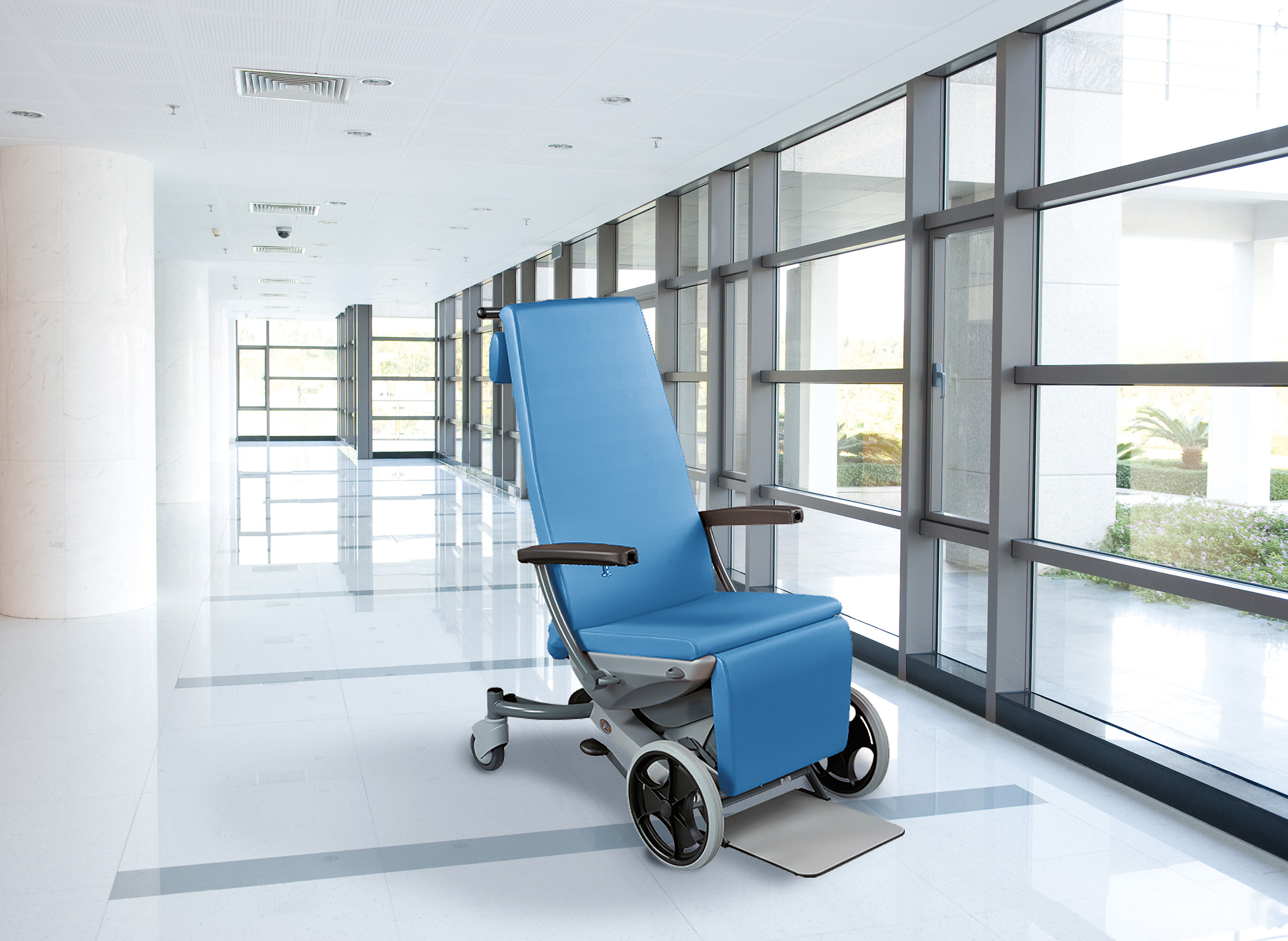When exactly the first chair was made, I can’t say, but believe my internet research, the three-legged stool can be dated back to the Neolithic Age. And as you know from television, Fred Feuerstein already knew this good old piece of furniture.
The four-legged chair with seat and backrest, or the throne as a symbol of the rule of monarchs, can look back on 5,000 years of history. However, the chair, as we know it today, only entered our bourgeois homes much later, in the 16th century, and remained an expression of prosperity and power until the early 19th century. In the meantime, this everyday commodity has become an integral part of almost every household and furnishing. In addition, it has sometimes advanced from a simple piece of furniture to an icon.
Today, however, in hospitals, old people’s homes and nursing homes, chairs not only offer waiting patients, visitors and employees the possibility of either sitting down, resting or having to pursue their professional activities sitting and not standing, but also fulfil important special functions. For example, wheelchairs have become an integral part of the cityscape or of the facilities mentioned above. The same applies to special chairs, for example for the physically handicapped or for neurological patients in geriatric or neurological rehabilitation. The modern sella transport chair from wissner bosserhoff has also revolutionised patient transport. With ergonomically selected proportions, the modern multifunctional chair offers staff and patients many advantages by facilitating everyday tasks for both sides.
For example, it has a stand-up aid: thanks to the hydraulic lift for tilting the seat section and adjustment of the armrest, which serves as a support when standing up, patients can get out of the chair more easily. At the same time, this guarantees minimal effort for the nursing staff. This multifunctional chair has been thought through down to the last detail. This is also reflected in the fact that the chair is braked by the automatic lowering of the foot section when getting out. The central brake increases safety in daily use and simplifies the operation of the chair for the nursing staff. The removable seat also ensures easy handling. Of course, the multifunctional chair complies with hygiene standards and is easy to clean and disinfect with conventional cleaning and disinfecting agents. The multifunctional chair for patients up to a maximum weight of 150 kg was designed for a wide variety of applications, including
- Old people’s homes
- nursing homes
- care institutions
- hospitals
- as well as for home care.
In his wildest dreams, Fred Feuerstein could probably not have imagined such innovative multifunctional chairs with a standing aid as the sella transport chair from wissner-bosserhoff.


